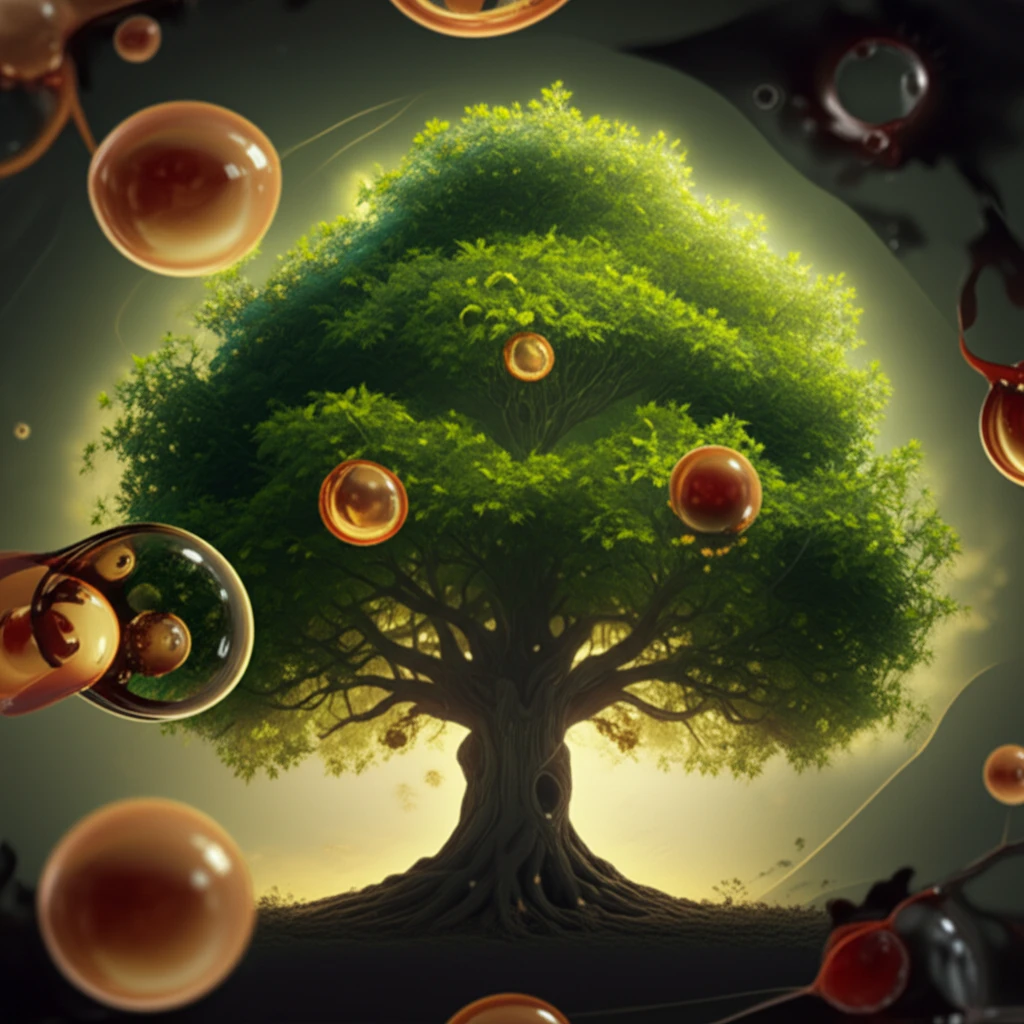
Unlocking Nature's Secrets: The Antioxidant Power of Johar Leaves
"Explore the science-backed benefits of flavonoids extracted from Senna siamea (Johar) leaves and how they can boost your health."
In a world increasingly focused on natural remedies and preventative healthcare, the search for potent antioxidants has led scientists to explore various plant sources. Among these, Senna siamea, commonly known as Johar leaves, has emerged as a promising candidate due to its rich flavonoid content and potential health benefits.
Traditionally used in various medicinal practices, Johar leaves have been recognized for their anti-malarial, anti-oxidant, antibacterial, and anti-diabetic properties. These diverse bioactivities are attributed to the presence of secondary metabolites like alkaloids, flavonoids, saponins, and tannins. But what makes the flavonoids in Johar leaves particularly special, and how can they contribute to our well-being?
Recent research has delved into isolating and identifying these flavonoid compounds, specifically focusing on their antioxidant capabilities. This article explores the findings of a study that investigated the extraction, identification, and antioxidant activity of flavonoids from Johar leaves, shedding light on their potential applications in promoting health and combating oxidative stress.
What Makes Flavonoids from Johar Leaves Antioxidant Superstars?

The study detailed in the research paper meticulously isolated flavonoid compounds from the ethanol extract of Johar leaves through a multi-stage process. This involved solvent extraction, vacuum liquid chromatography, gravitational column chromatography, and preparative thin-layer chromatography. Ultimately, researchers were able to isolate a flavonoid compound weighing 0.006 grams, representing 0.004% of the original extract.
- UV-Vis Spectrophotometry: Identifies the basic flavon structure through maximum light absorption at specific wavelengths.
- FTIR Spectroscopy: Reveals key functional groups like O-H, C-H aliphatic, and C=O, confirming the compound's molecular structure.
- Substituted Luteolin: The isolate is identified as a substituted form of luteolin, a well-known flavonoid with antioxidant properties.
Embrace the Power of Nature's Antioxidants
The research underscores the potential of Johar leaves as a valuable source of natural antioxidants. The isolation and identification of flavonoid compounds, particularly substituted luteolin, highlight the plant's capacity to combat oxidative stress. While further research is needed to fully elucidate the specific benefits and applications of these flavonoids, the findings suggest that incorporating Johar leaves into health and wellness practices could contribute to overall well-being. As we continue to explore the rich diversity of natural compounds, Johar leaves stand out as a promising avenue for enhancing our health and harnessing the power of nature's pharmacy.
